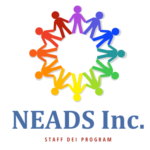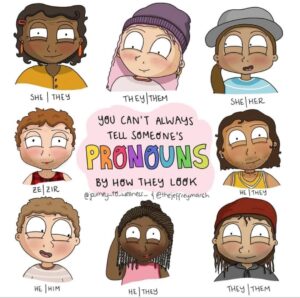LGBTQ+
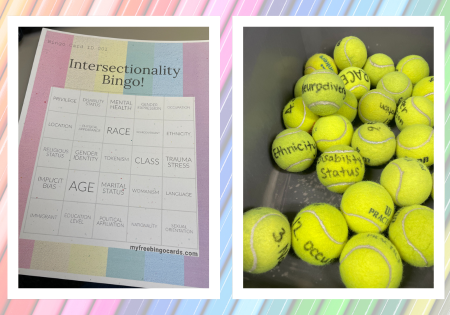
Intersectionality: The theory suggests and examines how biological, social and cultural categories such as gender, race, class, ability, sexual orientation, and other identities interact on multiple and often simultaneous levels, contributing to multiple forms of discrimination and systematic social inequality.

An original article that looks at the intersection of pronouns, marginalization, allyship, and privilege.
How and why we celebrate Pride the way we do today in the US, from BuzzFeed.
LGBTQ+ inclusion in the workplace is fast becoming a priority for organizations of all sizes. This includes SMEs as well as big businesses, as LGBTQ+ inclusivity offers a distinct competitive advantage for all organizations.
A short history of trans people’s long fight for equality.
Transgender activist and TED Resident Samy Nour Younes shares the remarkable, centuries-old history of the trans community, filled with courageous stories, inspiring triumphs — and a fight for civil rights that’s been raging for a long time. “Imagine how the conversation would shift if we acknowledge just how long trans people have been demanding equality,” he says.
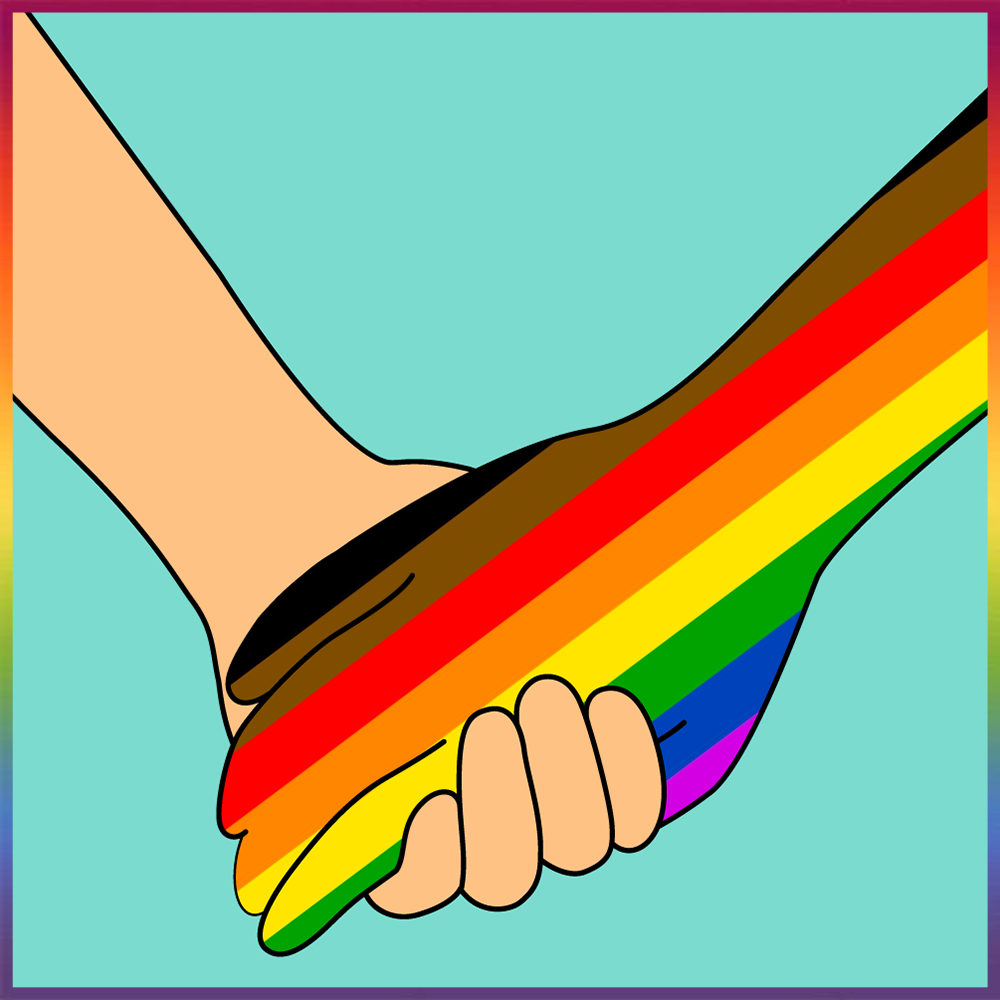
Marginalized communities in the U.S. are going through a tough time—to say the least.
In the last few years we’ve seen families being torn apart over immigration, rising threats to women’s reproductive rights, bans that prevent the trans community from working, and an overall increase in reported hate crimes based on race, sexual orientation, gender, and religion.
Echoing Oprah’s keynote speech at the opening of the Statue of Liberty Museum in New York last year, “We live in divisive times, but I think it’s only fitting that at this critical moment, we remember that the one idea that sustains the soul of America above all others is freedom.” For that reason, we must put our differences aside, advocate for each other’s basic human rights, and become better allies.
But what is allyship to begin with? Merriam-Webster defines the word ally as “a sovereign or state associated with another by treaty or league.” That is true, however, there’s one definition that accurately fits what we’re discussing: “One that is associated with another as a helper: a person or group that provides assistance and support in an ongoing effort, activity, or struggle.”
For the LGBTQ community, an ally is a straight and/or cisgender person who supports and advocates for LGBTQ people. Often, allies come together at Pride events, for instance, to uplift and strengthen the community—particularly Black and brown LGBTQ people who face greater threats of violence.
Read the article to learn more about the 6 ways to be an ally:
- Recognize your privilege and use it for good.
- Ask educated questions—and do your own research.
- Get comfortable with being uncomfortable.
- Take your online activism into real-life scenarios.
- Speak up for the underrepresented.
- Follow the lead of your LGBTQ peers.
In this video, trans individuals to respond to the word “pronouns.” These are their responses, and they show us just how complicated and unique we all are.
History of pronouns in the workplace, as well as understanding how to identify opportunities to ask for or offer one’s pronouns.
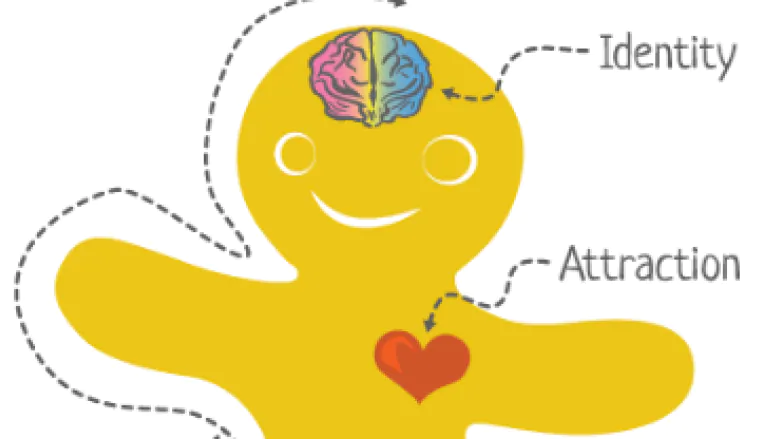
This article walks through the Genderbread Person graphic.

This is a Guide to do an activity to walk through the Genderbread Person graphic.

Katie Couric talks to Sam Killermann about the many forms of gender and its distinct difference from sexual orientation.
This is a great glossary of terms and a Q&A about pronoun use.
This website has an interactive activity to help people practice using various gender pronouns.
A graphic that describes the importance of using pronouns, why you shouldn’t assume someone’s pronouns, and paying attention to how others use their pronouns.
Learn why pronouns matter, pronoun etiquette tips, and more.

This video is a great explanation audio/visual that walks you through the Genderbread Person graphic.
You might have heard the term non-binary. This is how it feels.
Listen to the first several episodes here:
Introduction
Episode 1: Realizing
Episode 2: Words
Episode 3: The Look
